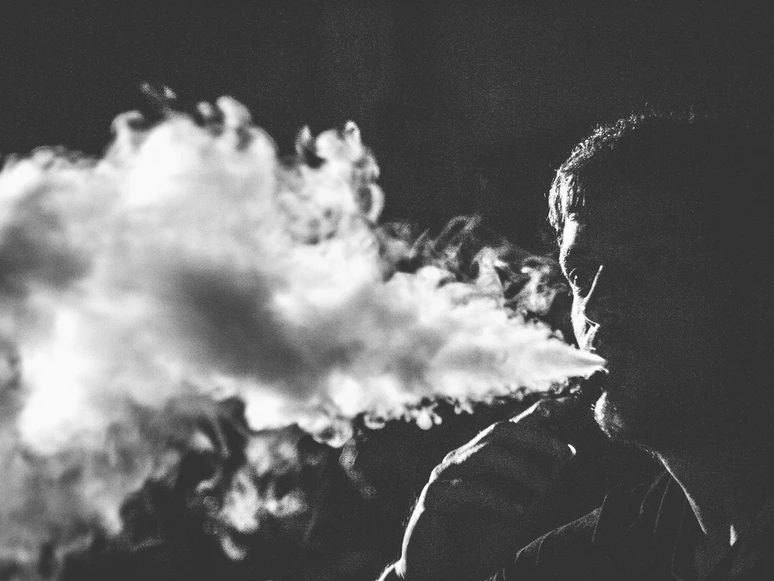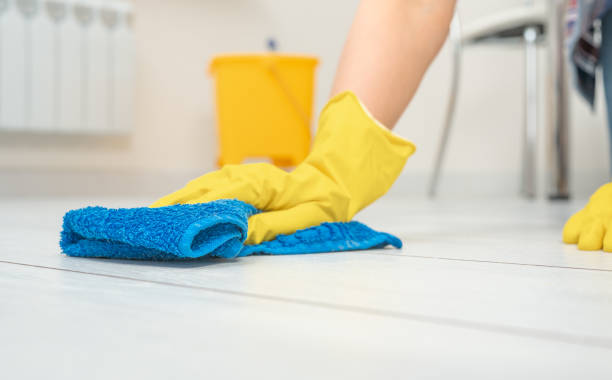How to Perform Easy to Follow Preventive Maintenance in Commercial Buildings?
Preventive maintenance is a vital component to any building maintenance strategy. It is important for lowering repair and maintenance costs, improving asset lifespan, reducing equipment downtime, and increasing workplace safety. Any business looking to reduce the number of reactive maintenance issues and maintenance costs requires preventive maintenance.
Preventive Maintenance Checklist
This checklist is an easy-to-follow preventive maintenance guide for commercial buildings:
1. Lighting
You may destroy energy savings causing poor light quality if you fail to maintain lighting fixtures.
- Replace gaskets
- Check exterior lighting
- Inspect fixtures
- Clean dust lamps and lens surfaces
- Check for same color temperature
- Store used bulbs safely
- Replace burned-out lamps
- Re-aim lighting if required
- Check luminaries with transformers, control gear and other accessories
2. Safety
Regular safety inspection is necessary for commercial buildings to ensure welfare of the property and all occupants. Faulty and old wiring should be replaced as and when required. Smoke alarms need to be installed as per local building codes. It is recommended to check these things monthly and replace batteries annually. Check for fire hazards by inspecting the fire alarms. Fire extinguisher on each floor should be checked and recharged as per the manufacturer’s recommendations.
3. HVAC
Ensure the system is up to date to preserve energy efficiency and indoor air quality. These are a few other maintenance steps to take:
- Clean and replace air filters regularly
- Check for leaks and inspect couplings
- Lubricate pumps annually and inspect for unusual sounds
- Check that superheat temperature is between 10 to 20 degrees indirect pressure systems
- Clean the condenser coil with a coil cleaner
- Inspect energy efficiency settings
- Inspect refrigerant charge, compressor, and thermal expansion valve
- Disassemble and inspect access panels and screens in cooling towers, including support structure, sump and spray nozzles, tower fill, fan blades, fill valve, motor bearings, and drive coupling
- Inspect the wiring and clean the cabinet and starter
- Check motor starter contacts for efficient operation and wear
4. Electrical
It is recommended to check breaker boxes, batteries, wires, switches, and other components once a year to ensure the electrical equipment is in good working order. There should be no corrosion or cracking. Replace batteries and keep electrical storage, grilles, and circuit boxes free of dirt, dust, and debris.
5. Plumbing
Follow these guidelines for maintaining the plumbing systems:
- Check for damage
- Detect leaks by inspecting couplings
- Look for potential leaks by checking fixtures in public restrooms
- Check water heaters and boilers
- Inspect sewage pumps and sumps every year
- Regularly run system tests and check contacts for wear
- Lubricate circulation pump systems and water booster systems
6. Fire Safety
You should perform preventative maintenance on the fire safety system in a building to ensure that it works when required. Check the central control panel, sprinkler heads, and pull stations. Check the standpipes and pump supplying them as well.
7. Bathrooms and Kitchens
You need to get inspections done for discovering missing grout, damaged tiles, faulty hardware, and malfunctioning paper towel and soap dispensers for keeping the kitchens and bathrooms in good shape. Get a general contractor for touching up the caulk and grout if the commercial space is for handling food.
8. Interior
Doors and windows should be checked on an annual basis for optimum fire safety. The building should be kept clean for ensuring minimal wear and tear. You should consider investing in a commercial cleaning service to take care of the floors, windows and more. Carpet cleaning should be scheduled every 4 – 6 months for removing allergens. You may want to hire a pest control expert for inspecting the place and preventing infestations.
9. Exterior
The exterior of the property should be inspected once a year, including the roof. These are a few other things to take care of:
- Cleaning roof drains
- Cleaning parking garages twice a year
- Replacing coating in parking garages once every 10 years
- Cleaning gutters
- Examining copings and sheet metals
- Checking tearing and wrinkles on roof-to-wall connections
- Finding leaks through a moisture survey
Need for a Preventive Maintenance Software
Earlier, maintenance used to be recorded and tracked using pen and paper. Afterward, spreadsheets took over, which are again a manual and time-consuming way of handling preventive maintenance. Also, these systems don’t provide an accurate analysis. Preventive maintenance software is judicious for creating and scheduling work orders in a digital manner.
These helpful programs reduce the time greatly that would otherwise be spent on manual tracking systems. Furthermore, these software options are quite affordable and can maintain the entire preventive maintenance history in a single place.
You can improve your business greatly by using preventive maintenance software as they can help you create and submit digital work order forms. Your entire maintenance schedule can be streamlined. Some options even allow for modifying in-process or completed maintenance and repair tasks.
In addition, most of these programs remove the need for administrative tasks. This allows technicians to focus on maintaining and inspecting equipment.




